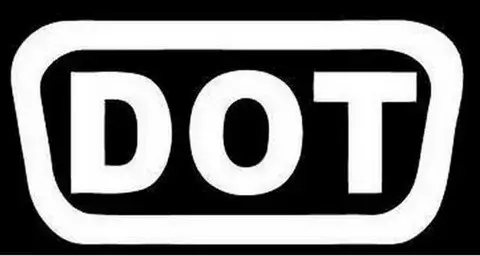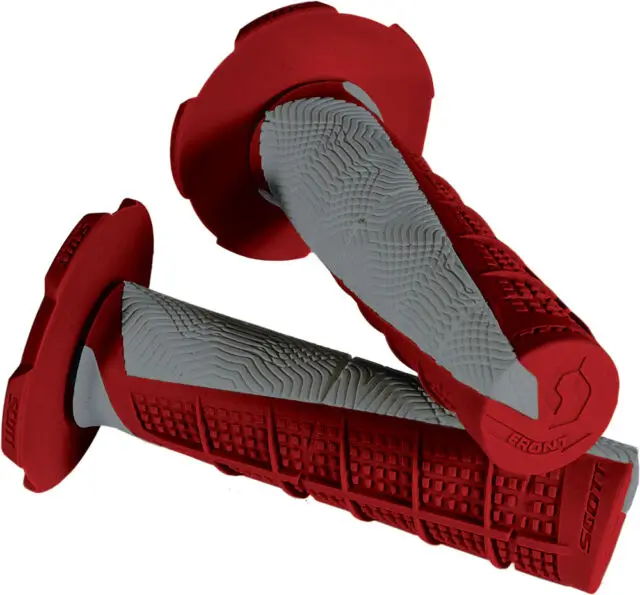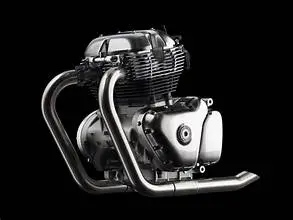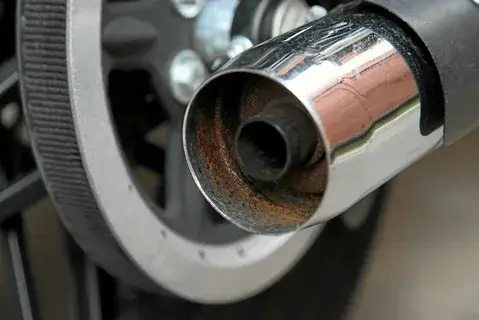Your motorcycle’s brake pads are one of the most important parts of your bike. They help you stop quickly and safely. But like all bike parts, motorcycle brake pads wear out over time. If your brake pads are too thin or damaged, they can put your life at risk.
Riding with bad motorcycle brake pads can cause accidents, damage other parts of your braking system, and make your bike unsafe. That’s why you need to know the warning signs of worn-out brake pads.
In this blog, we will discuss five signs that indicate it’s time to replace your motorcycle brake pads. Ignoring these signs can be dangerous, so pay close attention and replace them immediately if needed.
1. Squeaking or Squealing Noises
One of the first signs that your brake pads need replacing is a high-pitched squeaking or squealing sound when you apply the brakes. This noise is caused by a small metal indicator built into the brake pads. The purpose of this indicator is to warn you that your brake pads are getting too thin.
Why Does This Happen?
- When the brake pad material wears down, the metal indicator rubs against the brake disc.
- This creates a sharp squealing sound, which means your brake pads are almost gone.
What Should You Do?
- If you hear this sound, inspect your brake pads immediately.
- If they look worn out, replace them as soon as possible.
Ignoring this sound can lead to more serious brake problems, such as damaged brake discs or a complete brake failure.
2. Reduced Braking Performance
If your motorcycle takes longer to stop than usual, your brake pads might be too thin or worn out. This is a clear sign that they need to be replaced.

How Can You Notice This?
- You have to press the brake lever harder than before to slow down.
- Your stopping distance is longer than usual.
- Your bike feels less responsive when you try to brake.
Why Does This Happen?
Brake pads work by creating friction against the brake disc.
- When the pads wear out, they lose their ability to grip the disc properly.
- This leads to weak braking power, making it harder to stop safely.
What Should You Do?
- If your brakes don’t feel as strong as before, check your brake pads immediately.
- If they are too thin, replace them without delay.
- Bad brake pads can lead to accidents, especially in emergencies.
3. Vibrations or Pulsations When Braking
If you feel unusual vibrations or pulsations in your brake lever or foot pedal when you apply the brakes, this could mean that your brake pads are worn unevenly or your brake disc is damaged.
Why Does This Happen?
- When brake pads wear out unevenly, they do not press against the brake disc smoothly.
- This creates a shaking or pulsing sensation when you apply the brakes.
- In some cases, a warped or damaged brake disc can also cause vibrations.
What Should You Do?
- Inspect your brake pads for uneven wear.
- If they look uneven or too thin, replace them.
- If the problem continues, check your brake disc for any warping or damage.
Ignoring this sign can lead to further damage and expensive repairs.
4. Thin or Worn-Out Brake Pads
One of the easiest ways to check if your brake pads need replacing is by inspecting them. Most brake pads have a visible thickness indicator. If they look too thin, it’s time for a replacement.

How Can You Check This?
- Look at your brake pads through the wheel spokes.
- Most brake pads have a small groove in the center. If the groove is no longer visible, the pads are too thin.
- Generally, brake pads should be replaced when they are less than 3mm thick.
Why Does This Happen?
- Brake pads wear down naturally over time due to friction.
- Hard braking, riding in wet conditions, or carrying heavy loads can make them wear out faster.
What Should You Do?
- If your brake pads look too thin, replace them immediately.
- Don’t wait until they are completely worn out, as this can damage your brake discs and increase stopping distance.
Regularly checking your brake pads can help you avoid sudden failures.
5. Burning Smell While Braking
A strong burning smell coming from your brakes is a serious warning sign. This usually happens when your brake pads are overheating due to excessive friction.
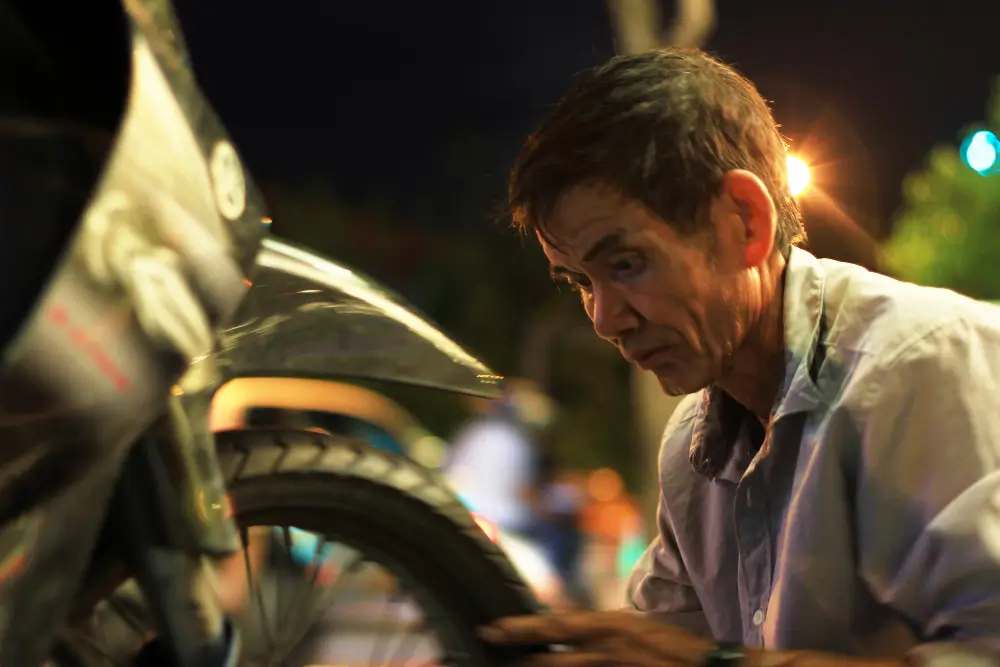
Why Does This Happen?
- Riding with worn-out brake pads can cause them to overheat.
- Overheated brake pads lose their ability to provide proper friction, making it harder to stop.
- In extreme cases, this can lead to brake failure.
What Should You Do?
- If you notice a burning smell while riding, stop immediately and let your brakes cool down.
- Check your brake pads for wear and damage.
- If they are too thin or glazed (shiny and hard), replace them immediately.
Ignoring this sign can lead to total brake failure, which is extremely dangerous.
How Often Should You Replace Your Brake Pads?
There is no fixed time for when you should replace your brake pads, as it depends on your riding style, road conditions, and how often you use your brakes. However, here are some general guidelines:
- Inspect your brake pads every 3,000 to 5,000 miles.
- Replace them every 10,000 to 20,000 miles (or sooner if you notice any of the signs mentioned above).
- If you ride aggressively or in traffic-heavy areas, your brake pads will wear out faster.
Regular maintenance can help you avoid sudden brake failures and costly repairs.
Conclusion
Your motorcycle’s brake pads play a crucial role in keeping you safe on the road. Ignoring signs of worn-out motorcycle brake pads can lead to serious accidents and expensive repairs. Regularly checking your motorcycle brake pad condition ensures optimal performance and safety.
To recap, here are the 5 key signs that your brake pads need immediate replacement:
1. Squeaking or squealing noises – A high-pitched sound means your brake pads are too thin.
2. Reduced braking performance – If your bike takes longer to stop, check your brake pads.
3. Vibrations when braking – Uneven wear or a damaged brake disc can cause shaking.
4. Thin or worn-out brake pads – Visually inspect your pads and replace them if they are too thin.
5. Burning smell – Overheated brake pads can lead to brake failure.
If you notice any of these signs, don’t wait. Replace your brake pads immediately to ensure a safe and smooth ride.
Stay safe and ride responsibly!






